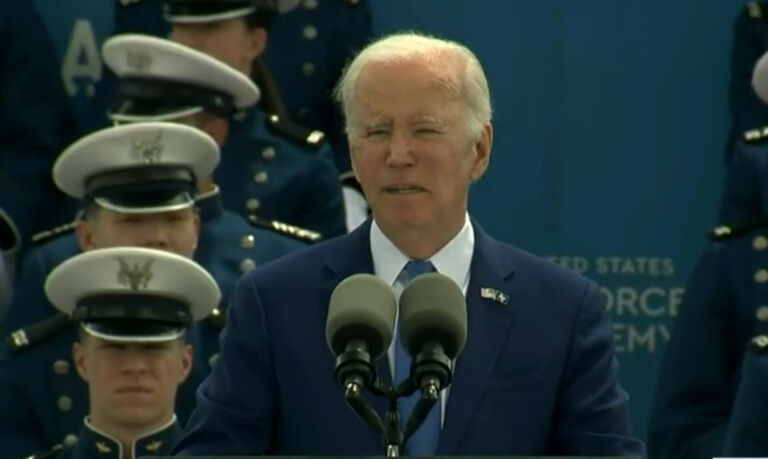Editors at National Review Online scrutinize the new president’s pandemic relief proposals.
At the outset of the pandemic, the government undertook a deliberate effort to reduce economic activity in what was widely thought to be a necessary measure to slow the spread of COVID-19. Whereas most recessions call for policy that stimulates the economy, the COVID-19 recession called for the opposite — measures that would enable workers and businesses to hit pause until a vaccine or therapeutic became widely available.
Now that vaccines are being administered, policy-makers face a different challenge — not keeping Americans inside, but getting them back to work as quickly as possible. In this context, President-elect Biden’s $1.9 trillion stimulus package misses the mark.
The proposal gives a nod to public health — with $20 billion allocated to vaccine distribution, $50 billion to testing, and $40 billion to medical supplies and emergency-response teams — but fails to address the most pressing hurdles to COVID-19 immunity. Vaccines sit unused not for lack of funding but thanks to burdensome rules determining which patients can receive shots and which doctors can administer them. Additional spending to speed up vaccine distribution is welcome, but its effects will be muted if bureaucratic hurdles remain in place.
Even if the public-health provisions were to succeed in reopening the economy, much of the rest of Biden’s plan guarantees that it will reopen weaker. For one, an expanded unemployment-insurance top-up of $400 a week would mean more than 40 percent of those receiving unemployment benefits would make more off-the-job than on-the-job at least until September, and possibly for longer. The food-service and retail industries hit hardest by the pandemic would see the largest shortfalls in labor, exacerbating the challenges they’ve faced over the past year. Enhanced unemployment may have been reasonable when we wanted workers to stay home, but it’s catastrophic when we want them to go back to work.


